The junction of Rue Samsenthai and Rue Thadeua isn't exactly where you'd think to go for escargot and paté. Even in February, harsh sunlight cuts through the humid air to drench both tourists and robe-clad monks in sweat. Just steps away is a gold-and-red tinged Buddhist temple, and most local vendors sell blossoming flower wreaths to offer as alms within.
Les Boutiques Scoubidou is the exception. Inside, Nguyen Thi Loan Beillard sells everything from tubs of caviar to glass bottles of pastis.
I'm in Vientiane, the capital of Laos, and for every time I've sipped mango juice or feasted on water buffalo laap, I've eaten something classically French.
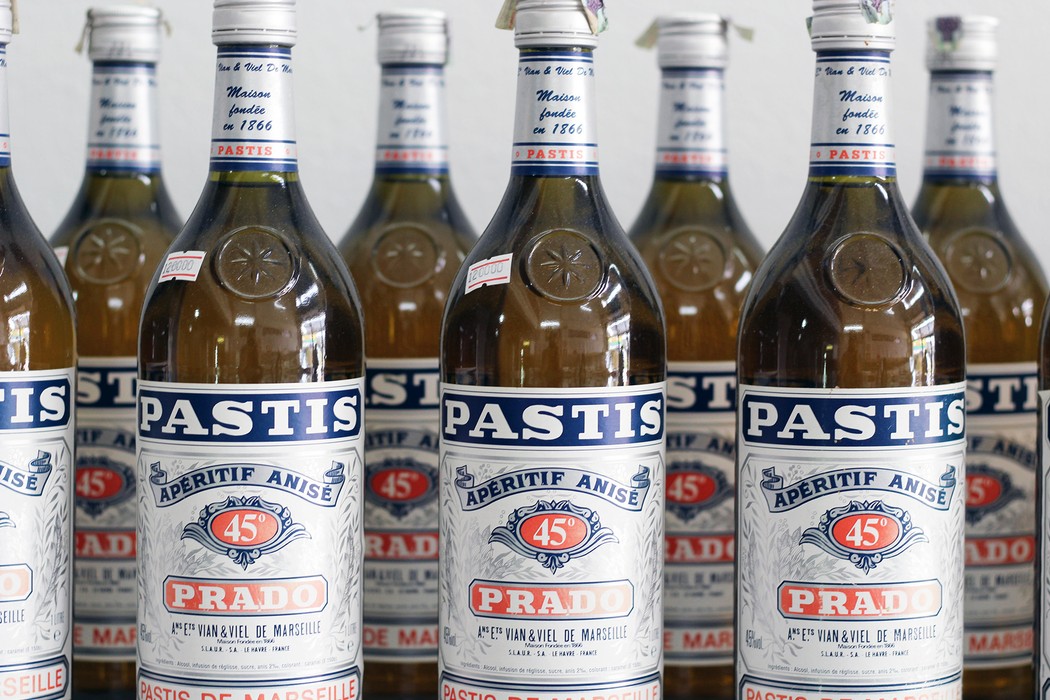
Laos was colonized by France in 1893 and incorporated into Indochina -- a former colony immortalized in countless novels and films -- for 60 years. Marguerite Duras wrote about sex and romance there in her classic The Lover, and Indochina has held a mystical, sensual appeal in French culture ever since.
Still, Laos has been slower to draw the dreadlocked hordes of backpackers than neighboring Thailand and Vietnam. Elsewhere in Southeast Asia offers more excitement and more beachy fun (Laos has an 11:30 PM curfew and is landlocked). What the tourists who do come to Laos seem to miss, however, is its rich food culture.

At Vientiane's Funky Monkey Hostel, where most people are simply stopping en route to somewhere else, several other travelers are asking around for weed and making plans to go out for pizza. But just around the corner sits L'Adresse de Tinay, a terraced restaurant seemingly straight out of France with the dishes to match.
There, hostess Delphine Tinay greets me with a warm bonjour and asks which wine I'd like (red, Côtes du Rhône, please). For 60,000 kip—about the price of a meal at Chipotle back home -- I grab a parmentier de canard and a chocolate crêpe. The parmentier is a beautifully presented cylinder of duck and potatoes, and the leftover chocolate sauce on my dessert plate rivals any I had in Paris.
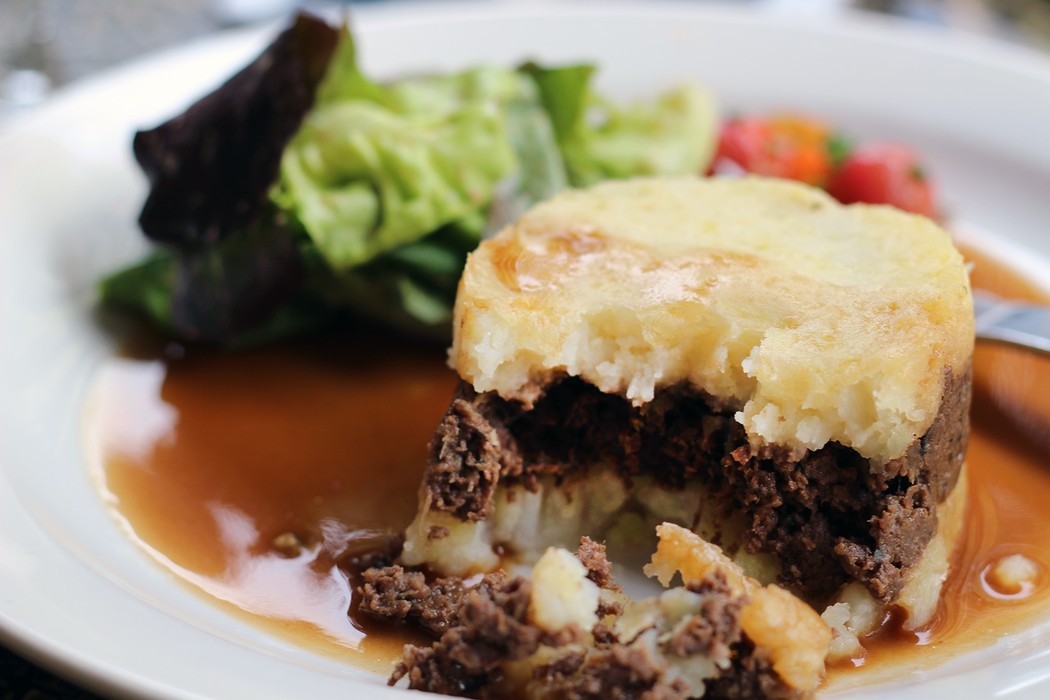
At Bistro 22, chef Philippe uses French ingredients creatively—especially in the foie gras macarons and gingery ice cream that come before and after, respectively, the best damn lamb shank I've ever had.
And the French owner of a local burger joint apologizes when a friend and I ask for French wine.
"I only have Australian," he says regretfully. "It's cheaper."
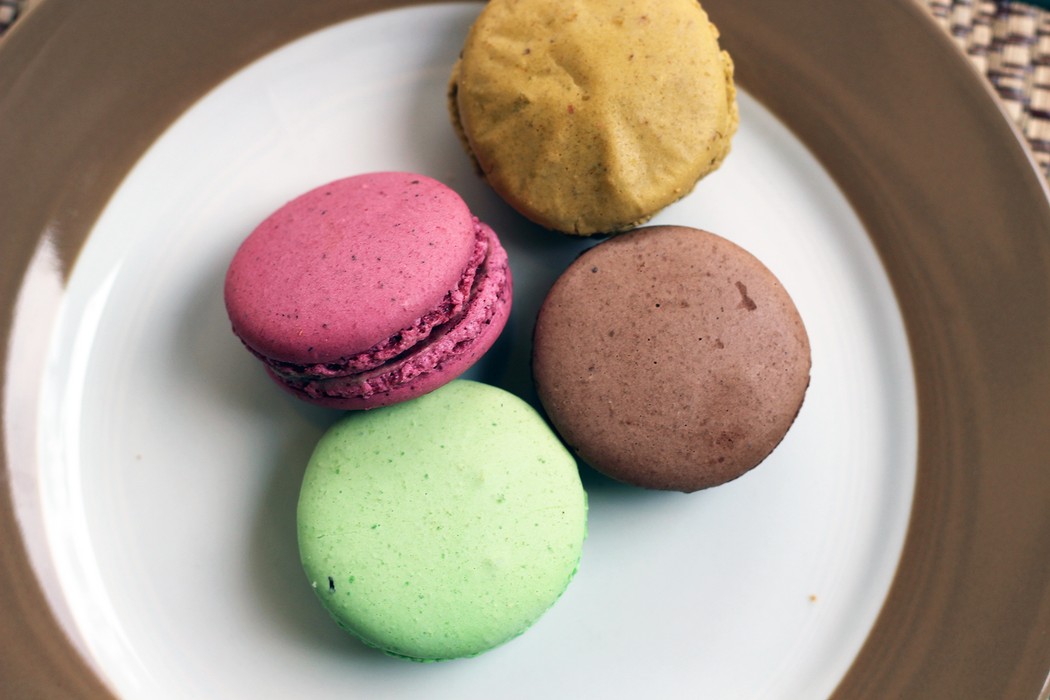
French dishes à la carte average around 80,000 kip (roughly US$10)—expensive by Lao standards, for sure, but a steal when compared to the prices of quality French food in France itself.
And that's at Vientiane's top restaurants. On the cheaper end, there are cafes. Lots. I start each day sipping espressos and tearing at croissants, feet dangling off a wicker chair, hair swaying in the breeze. The main difference between here and Paris is that I'm looking over the Mekong, not the Seine.
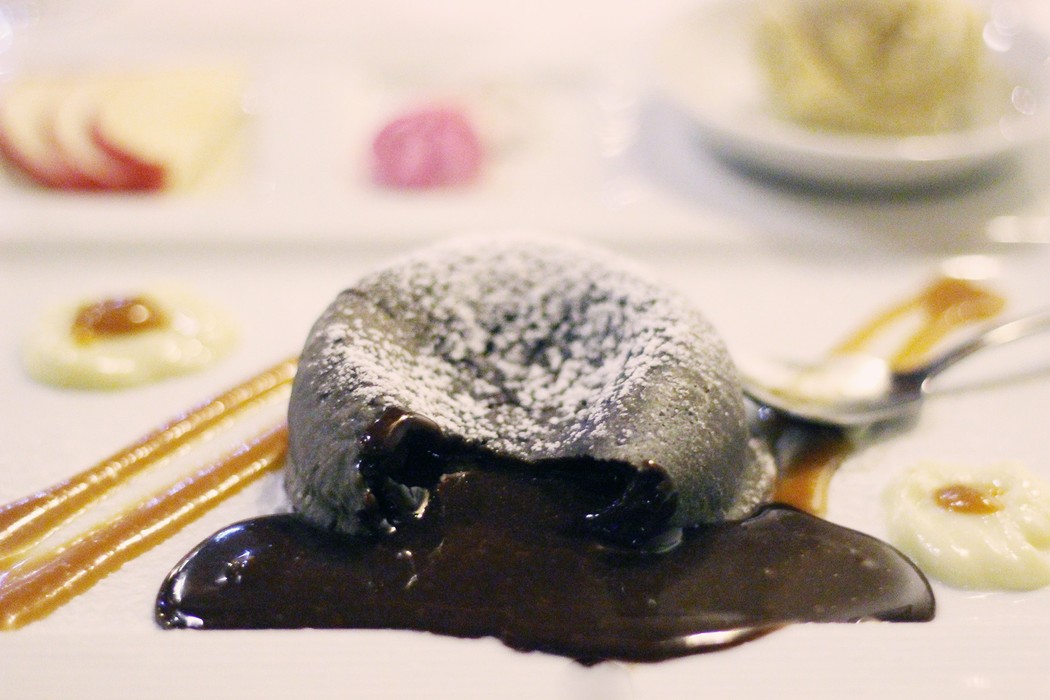
Since Laos's 1953 independence, French expats have steadily trickled out of the country. Despite this, lingering elements of French culture in Laos are exceedingly well-preserved. This may be the draw for the loads of French tourists. Street signs, banners and menus are often in French.
"Oh, many, many French," says Nguyen when I ask her about the Vientiane of her childhood. "Today, not so much."
"What foreigners come today?" I ask.
"Chinese," she answers, with judgment in her voice. She leans in closer to me, as if the Chinese across Laos's northern border might hear us. "They don't know good cheese."
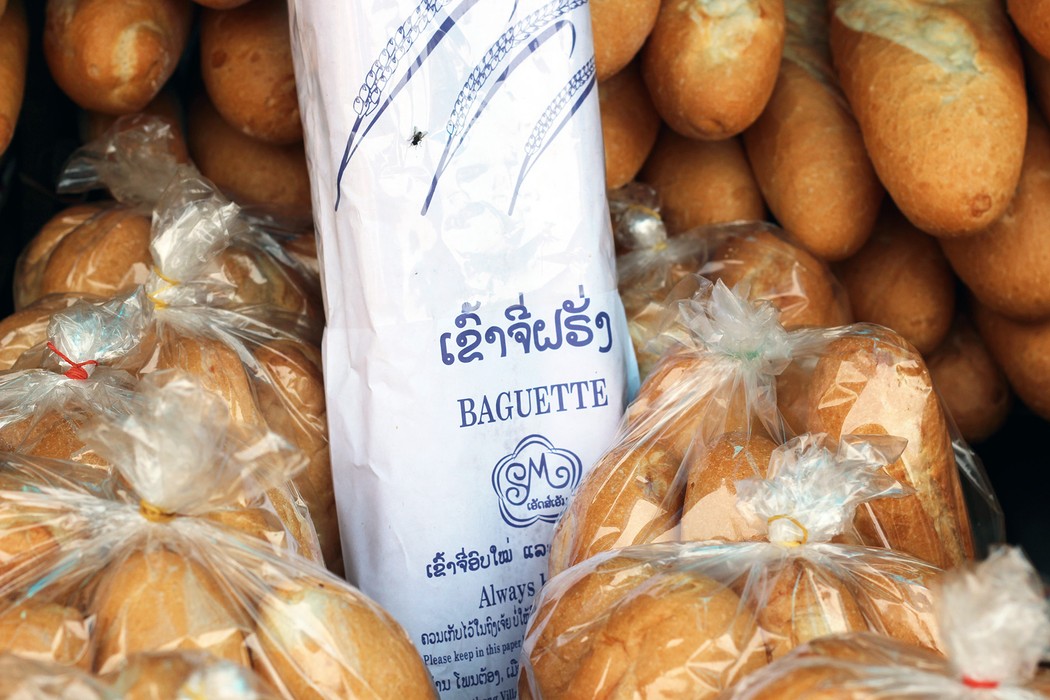
Chinese cheese tastes aside, Nguyen's point is somewhat bolstered by her customer base: local restaurateurs, expats, and the occasional curious tourist. On one of my visits, two French teenagers stopped by to pick up Camembert for their expat parents.
The French aren't the only people to rule over Laos. The country has a long history of being bullied by its greedy neighbors, and it looks increasingly likely that China will take France's imperialistic presence there.
This article originally appeared on VICE ES.


















